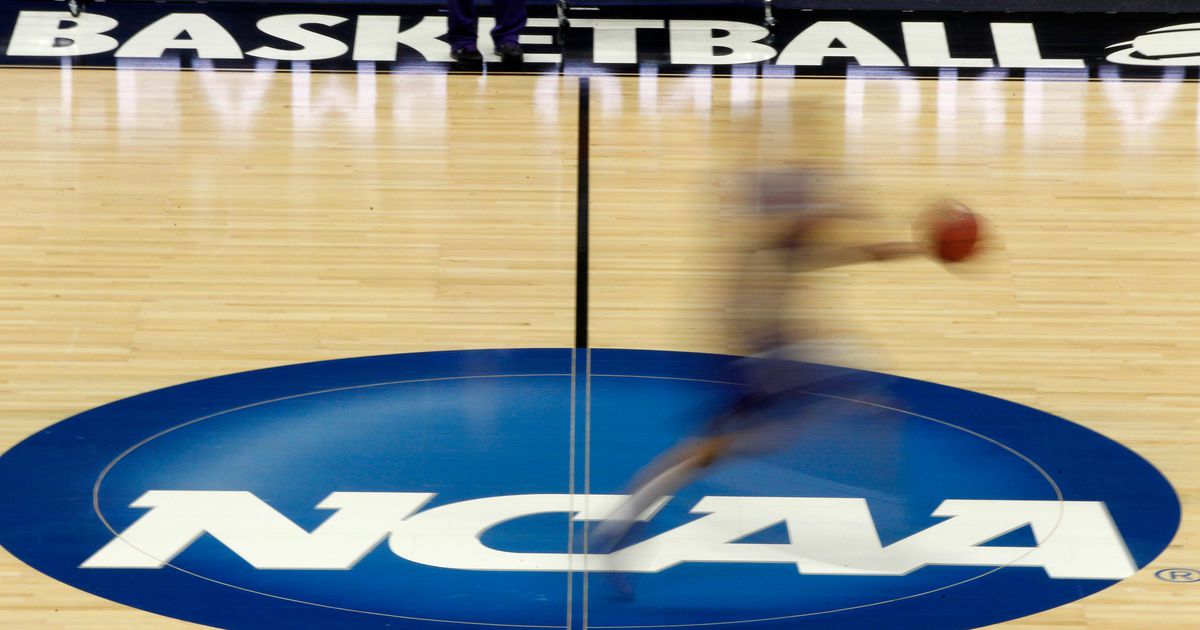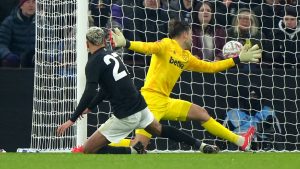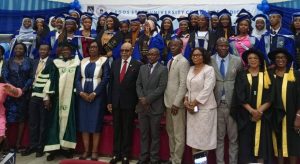Analysis: Lacking foresight, NCAA playing defense again


The NCAA is on its heels again, playing defense of its archaic amateurism rules after missing an opportunity to get out in front of an issue.
Five years ago, a federal judge ruled against the NCAA in an antitrust lawsuit brought by former UCLA basketball star Ed O’Bannon, who claimed the association and its member schools and conferences had been inappropriately profiting from athletes’ names, images and likenesses without compensating them.
The NCAA took an L, but it was far from a death knell for college sports. In fact, the NCAA rallied. An appellate court overturned Judge Claudia Wilken’s ruling that schools should be permitted — though not required — to pay athletes up to $5,000 per year for the right to commercialize their names, images and likenesses.
Turns out that was a pyrrhic victory. The decisions from O’Bannon did not protect the NCAA from further attacks on its rules against athletes being paid for being athletes.
“There was never a prohibition on that,” Michael Hausfeld, who was the lead attorney for the plaintiffs in the O’Bannon case, told The Associated Press. “There was just silence. (The court) just said the schools can’t pay. That’s extremely important. But the endorsers can.”
Last week, California’s governor signed into law a bill that prevents colleges and universities in the state from prohibiting its athletes from making money from things like endorsements or autograph signings. Politicians in other states, who have taken note of growing public support for college athletes being able to cash in on the billion-dollar business their work and talent makes possible, were quick to jump on board. In these divided times, politicians are reaching across the aisle to take down the NCAA.
By the end of the week, lawmakers in at least 10 more states had said they would follow California’s lead — some more aggressively than others. California’s law is set to take effect in 2023. A bill filed in Florida on Friday would go into effect next year if passed.
The NCAA earlier this year formed a working group, led by Ohio State athletic director Gene Smith and Big East Commissioner Val Ackerman, to come up with a way that athletes could be compensated for their names, images and likenesses.
“You now see probably what in physics would be the most delayed reaction to an action,” Hausfeld said.
Ackerman and Smith’s group is scheduled to present a report later this month to the university presidents that make up the NCAA’s Board of Governors.
“You always want to be more proactive on any of these issues,” NCAA President Mark Emmert told the Indianapolis Star last week. “Do I wish it had been started 10 years ago? Sure, but the fact is we were not in a place where we could do it.”
It is important to point out the NCAA is the schools. The rules are made and passed by school administrators and university presidents. Emmert does not have power to enact policy and there is not a cabal of bureaucrats in Indianapolis pulling the strings. The one time Emmert did try to get out in front of something was in 2011, when he pushed for a $2,000 a year cost-of-attendance stipend for athletes. Membership rebelled. Wilken later ruled the NCAA could not prohibit cost-of-attendance stipends, and now most schools are paying more than they would have under Emmert’s plan.
Emmert and others will point to other court cases working through the legal system as the reason why name, image and likeness could not be tackled sooner.
But forward-thinking leadership across the board in college sports is lacking, and it worries many athletic directors who don’t see allowing athletes access to a free market as an unmanageable problem. The prospect of a wide receiver, point guard or midfielder becoming a social media influencer, starting a side business giving lessons in their sports or making $25 a pop for leaving fans personalized voice messages through companies such as Cameo is not keeping administrators up at night.
There will be challenges. Especially, as it relates to recruiting in the most high-profile sports. But athletic programs are already facing those challenges and it’s possible a regulated free market could eat into a black market of payments to players that is near impossible for NCAA enforcement to disrupt.
Getting an administrator to say any of this publicly these days is difficult. No one wants to be seen as putting forth a contradictory message, especially when the NCAA could find itself back in court trying to fend off numerous state laws.
“Here’s the irony. You have an entity that has been found guilty of violating the antitrust laws, restraining interstate competition, then seeking to assert that the states are interfering with interstate competition that is already being restrained by the NCAA,” Hausfeld said. “I don’t think they understand that that argument is coming back at them.”
The NCAA has spent nearly $150 million in legal fees over the last three years. The prospect of dropping another $50 million — give or take — on lawyers to solve a problem that has been looming for years seems like another example of the NCAA paying full price for day-old bagels.
The chances Smith and Ackerman deliver a solution that will satisfy lawmakers seem unlikely. More likely the group pulls something from the recycle bin.
Instead of allowing athletes to access a free market and earn someone else’s money, what administrators in college sports expect is a plan to give athletes money related to licensing agreements on things like apparel. The schools could essentially buy the name, image and likeness rights from athletes, build it into the cost of a scholarship and cover any Title IX equity issues by giving everyone the same cut. So, basically, something like Wilken prescribed.
It is hard to find fiscal sense in that. Instead of permitting the quarterback to make a five-figure deal with the local music hall to promote concerts on his Instagram, a school would be doling out thousands of dollars a year to athletes who would otherwise be lucky to earn more than beer money on their own.
“They are trying to get around the market,” Hausfeld said. “The market will determine what the athletes can make either as individuals or a group. But the NCAA shouldn’t impose a restraint on them. It has nothing to do with amateurism. It has nothing to do with their educational abilities or obligations. It’s a pure business decision.”
____
Follow Ralph D. Russo at https://twitter.com/ralphDrussoAP and listen at https://podcastone.com/AP-Top-25-College-Football-Podcast








